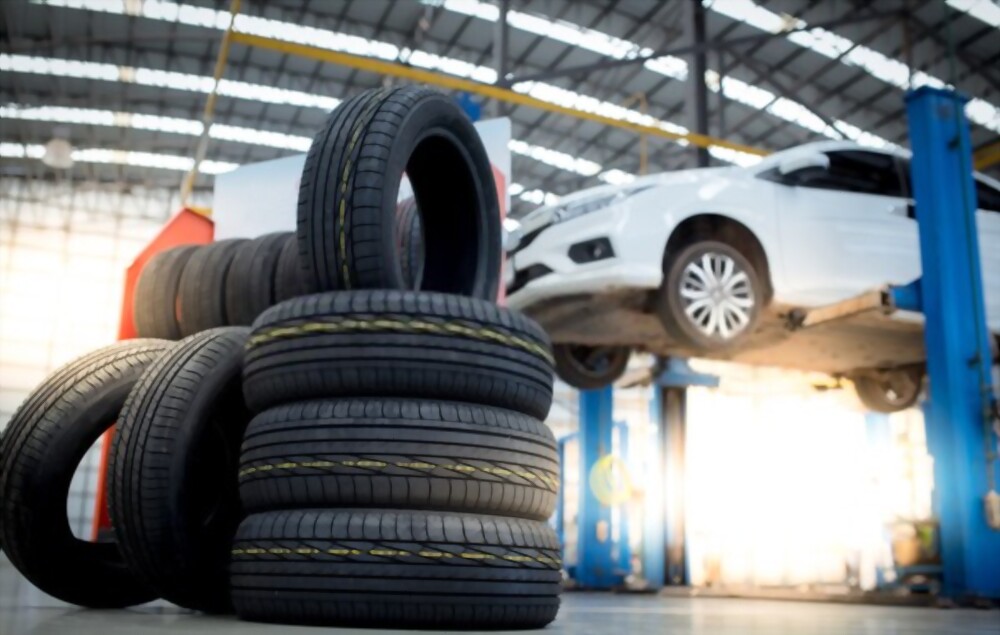Heading: The Importance of Tire Traction on Different Road Conditions
Have you ever wondered why some cars effortlessly navigate slippery surfaces while others endlessly spin their wheels? The secret lies in understanding the science behind tire traction, a crucial aspect of safe driving. Whether you’re tackling wet roads, snow-covered highways, or even off-road adventures, having the right tires can make all the difference. Join us as we delve into the fascinating world of tire grip and explore how it influences your driving experience.
Road conditions can be highly unpredictable, and having optimal traction is imperative to maintain control of your vehicle. Rain-soaked asphalt, icy streets, or loose gravel can all pose significant challenges. That’s why investing in tires designed to tackle various terrains is a wise decision. Tires with advanced tread patterns and specialized rubber compounds provide increased grip, ensuring your safety while driving on different surfaces.
Heading: Tackling Rain and Wet Roads with Confidence
We’ve all experienced that dreaded moment when a sudden downpour turns the road into a slippery mess. This is where the importance of tire traction becomes apparent. Tires specifically engineered for wet conditions offer exceptional grip due to their specialized tread design. Deep grooves and sipes in the tread pattern help evacuate water from under the tire quickly, reducing the risk of hydroplaning. Additionally, these tires typically utilize a rubber compound that remains pliable even in wet conditions, maximizing road contact and minimizing skidding.
Aquaplaning, or hydroplaning, occurs when a layer of water accumulates between the tire and the road, causing a loss of traction. By incorporating wide circumferential grooves and unique channel designs, tires designed for wet conditions effectively disperse water, allowing the tire to maintain contact with the road. This enhanced grip helps prevent the loss of control that can occur during sudden maneuvers or emergency braking in wet conditions.
Heading: Conquering Winter Challenges with the Right Tires
Winter brings its own set of challenges, making it essential to equip your vehicle with tires specifically engineered to handle icy and snowy terrain. These tires, commonly known as snow or winter tires, utilize innovative technologies to handle adverse weather conditions effectively. Their tread designs feature thousands of tiny slits called “sipes,” which significantly enhance tire traction on snow and ice. These tiny grooves create biting edges that dig into the surface, providing remarkable grip even in the most treacherous winter weather.
Moreover, winter tires are made from a specialized rubber compound that remains flexible and pliable in freezing temperatures. This unique formulation allows the treads to conform to the contours of icy roads, maximizing surface contact and significantly improving traction. With winter tires, you can drive confidently through snow-covered landscapes, knowing that your tires are designed to conquer slippery surfaces and keep you safe.
In conclusion, understanding the science behind tire traction is key to comprehending the importance of investing in the right set of tires. From wet roads to winter challenges, having tires specifically designed for different road conditions significantly enhances grip and control, thus increasing your safety. So why take unnecessary risks? Choose tires that offer advanced tread patterns and innovative rubber compounds, providing you the confidence you need to tackle any road with ease. Invest in your safety and consider purchasing the right set of tires—one decision that can make a world of difference in your driving experience.





